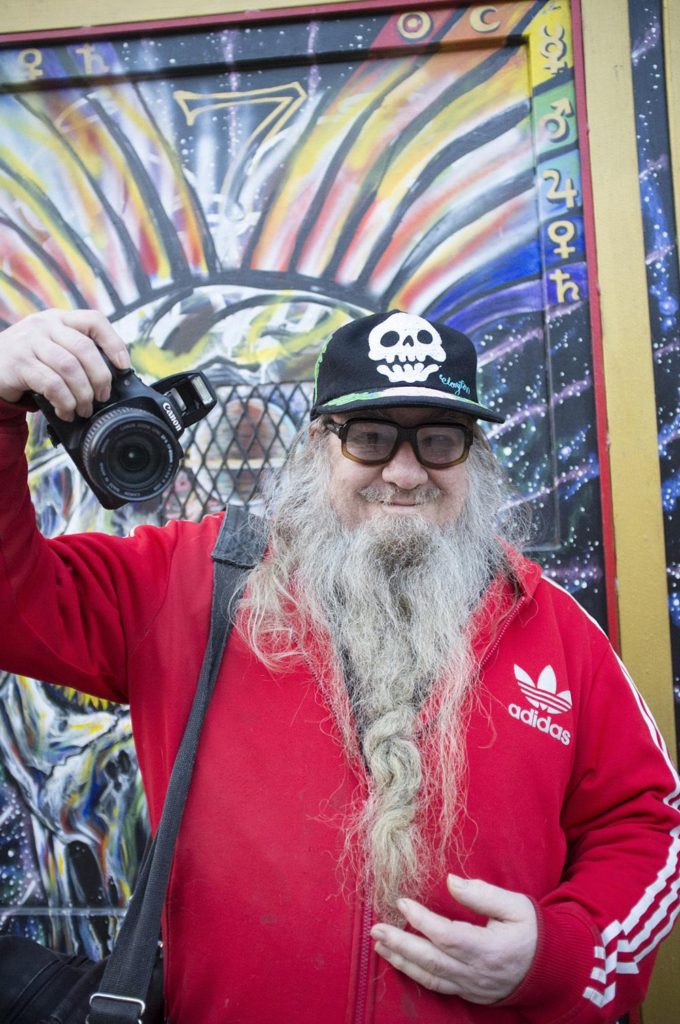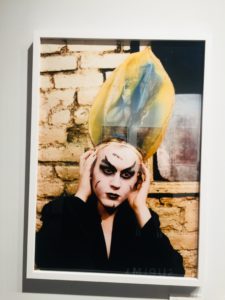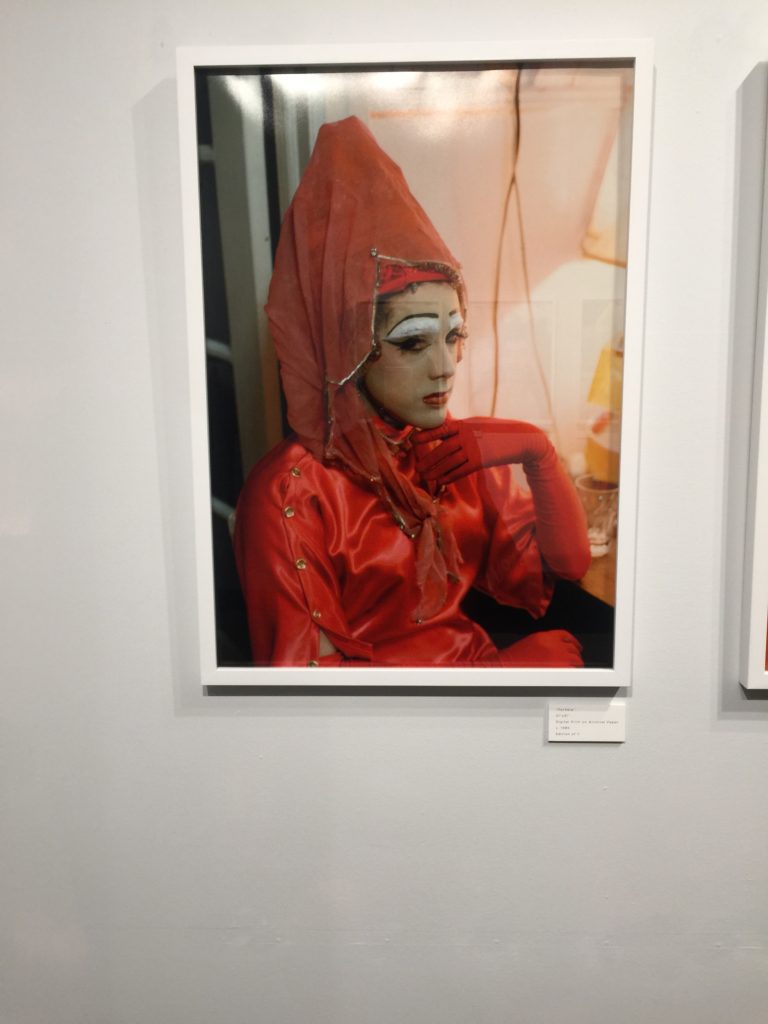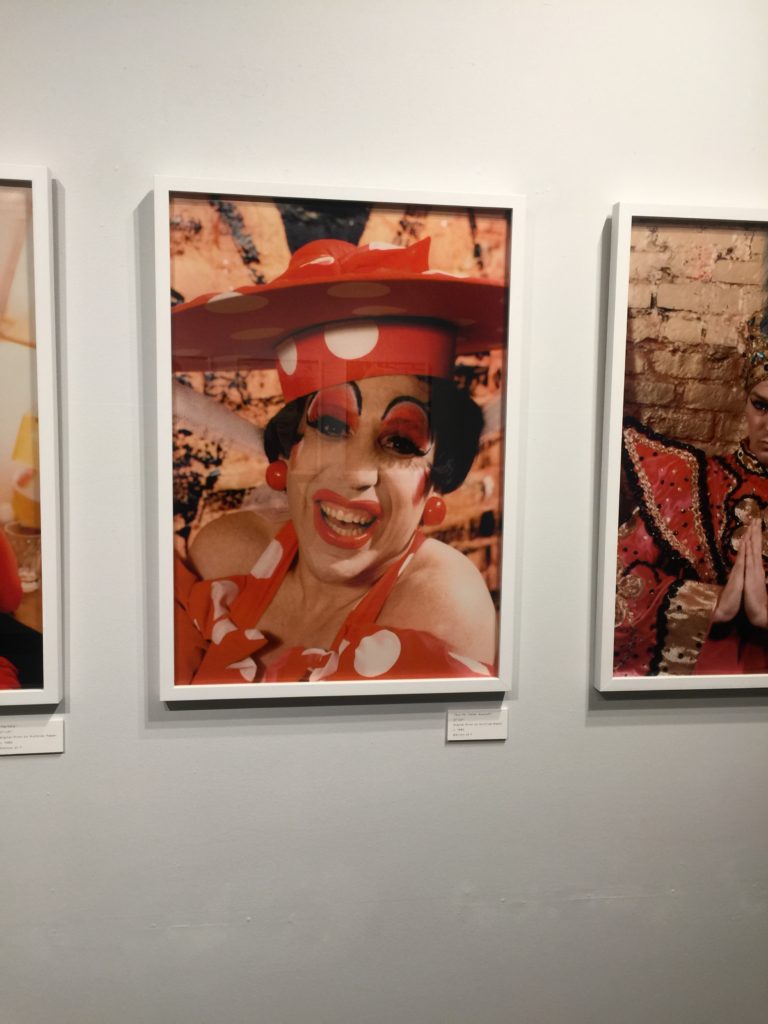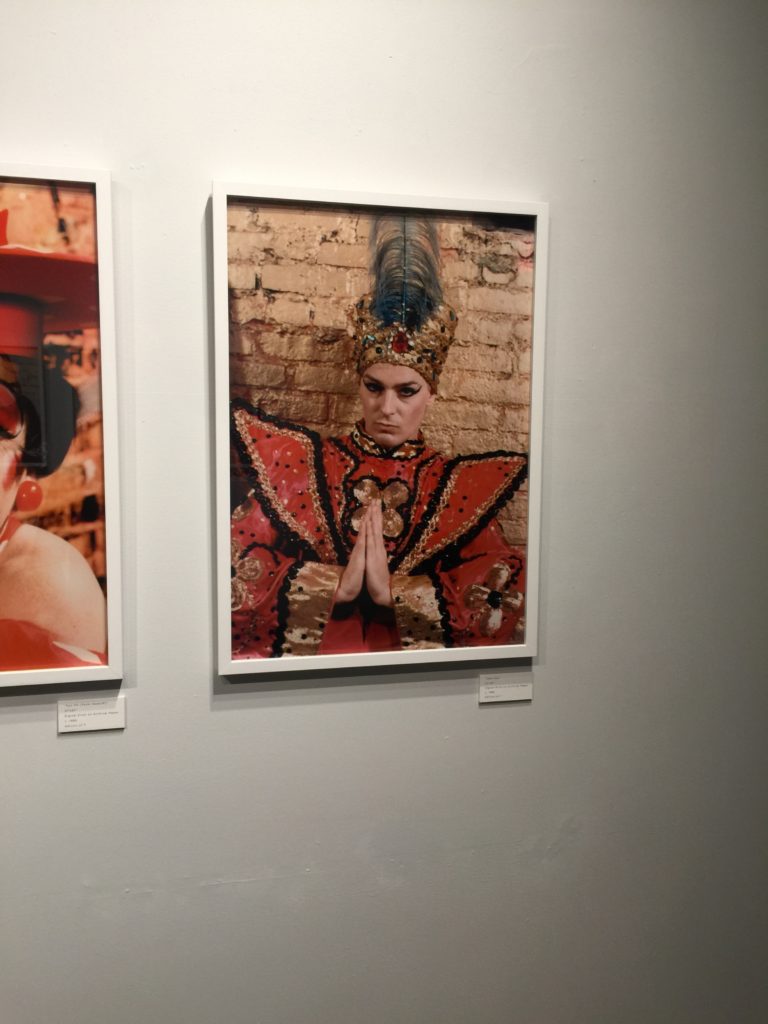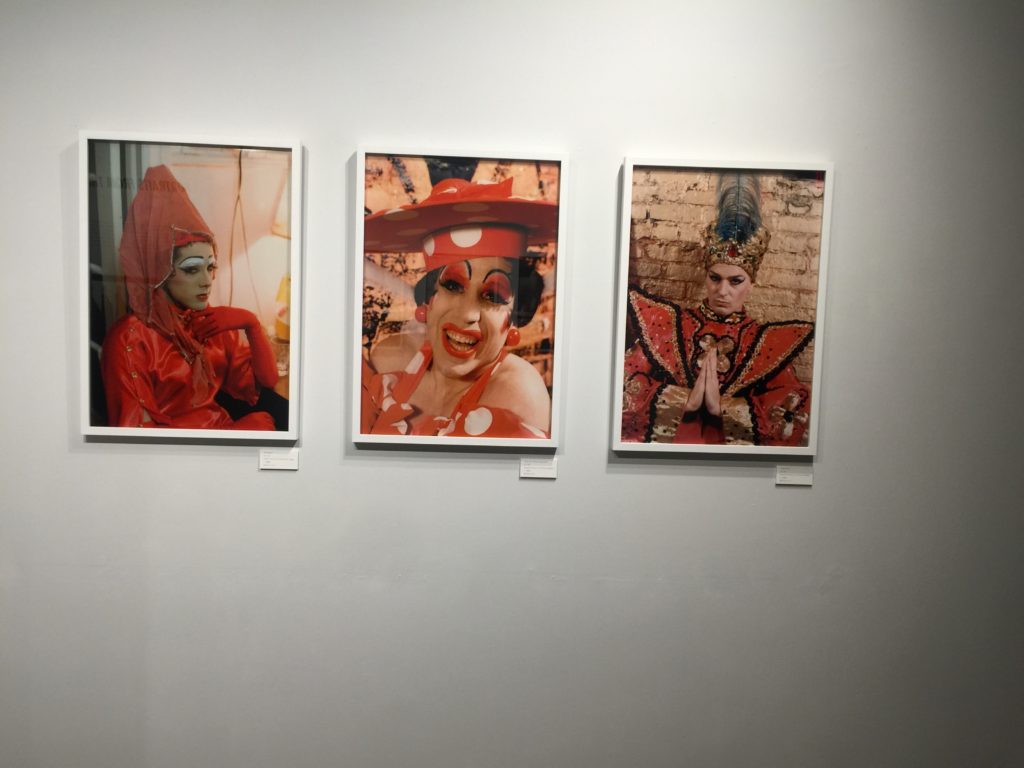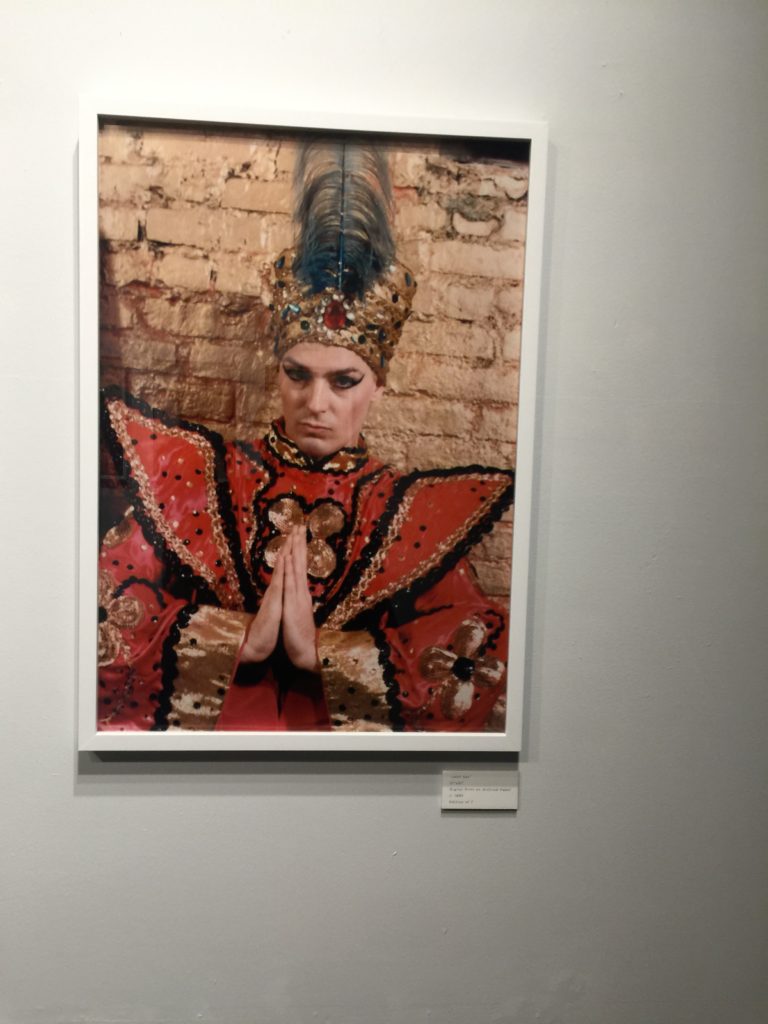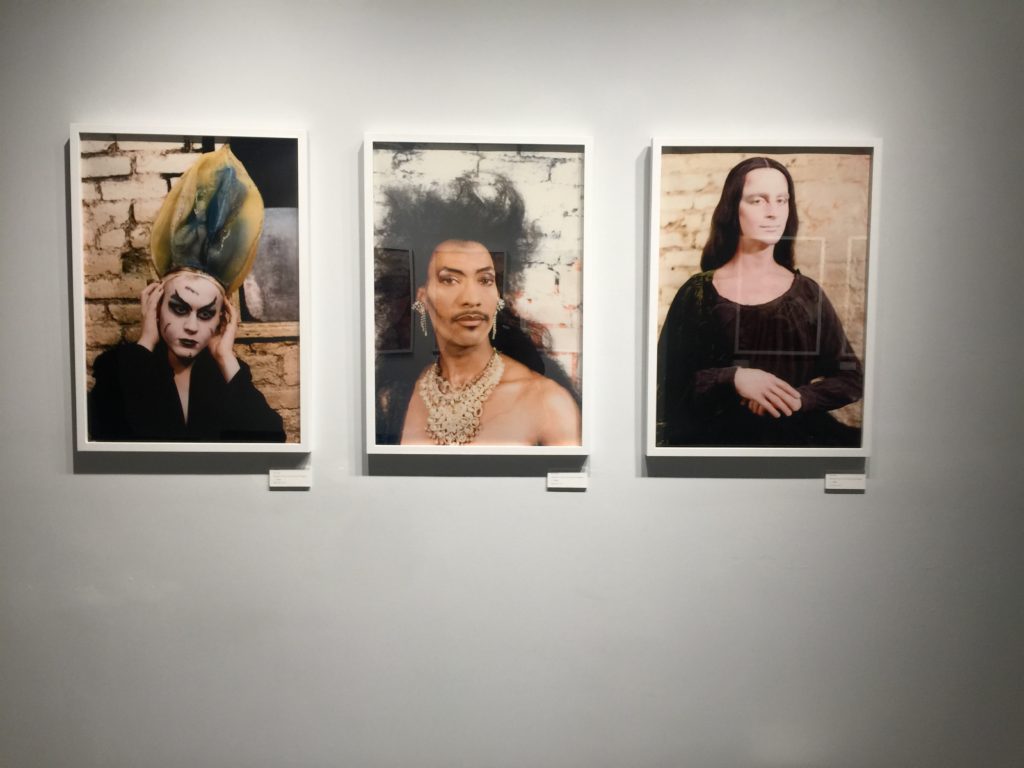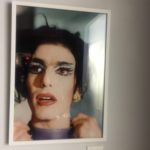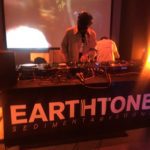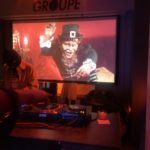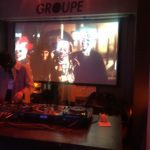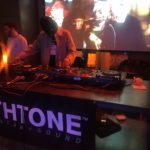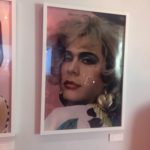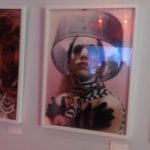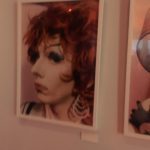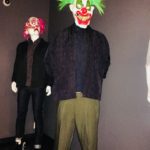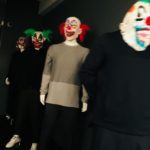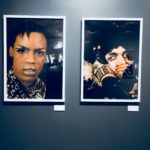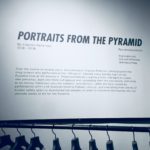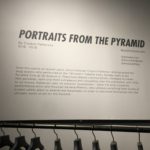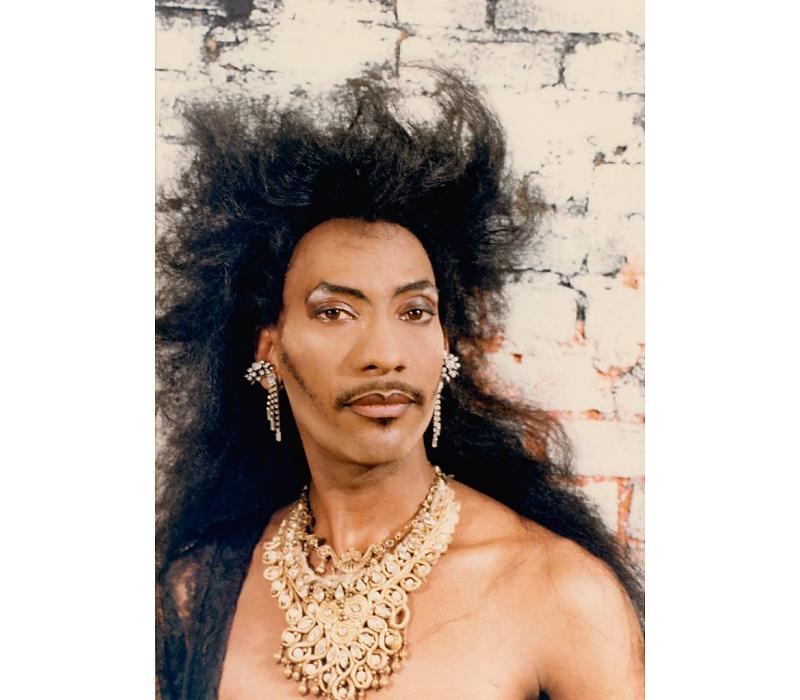
Clayton Patterson – Portraits from the Pyramid
Clayton Patterson – Portraits from the Pyramid:
The photographer Clayton Patterson is a living testament to the New York of yesteryear. Day after day, he captured that special time during the 80s and early 90s when the Lower East Side was both dangerous and the home of the city’s creative class. His images document the more mundane, daily grind of living in the neighborhood, as well as the larger cultural clashes that occurred.
Indeed, prolific photographer and activist Clayton Patterson is showcasing his documentation of an era rife with struggling artists immersed in a culturally diverse neighborhood at its peak of creativity. His photos of the scene are often considered a pioneering record of the evolution of drag in the mid-eighties.
“You just had this kind of spontaneous, unraveling creativity every weekend. The club was like a crystallization of the Lower East Side. Unlike SoHo, which was more of a careerist place for artists, the Lower East Side was an expressionist place, where it was more about just being an artist than being famous or rich. Also, in that period, it was one of the most racially integrated neighborhoods in the world: It had Chinese, Indians, Bangladeshis, blacks, Hispanics, Jews, as well as lifestyle diversity—the Hell’s Angels, skinheads, drag queens, religious zealots. And at the Pyramid Club, security would be people from the hardcore scene, which is supposedly very antigay, but all of these stereotypes didn’t apply there. It was like a free zone.”—Clayton Patterson



